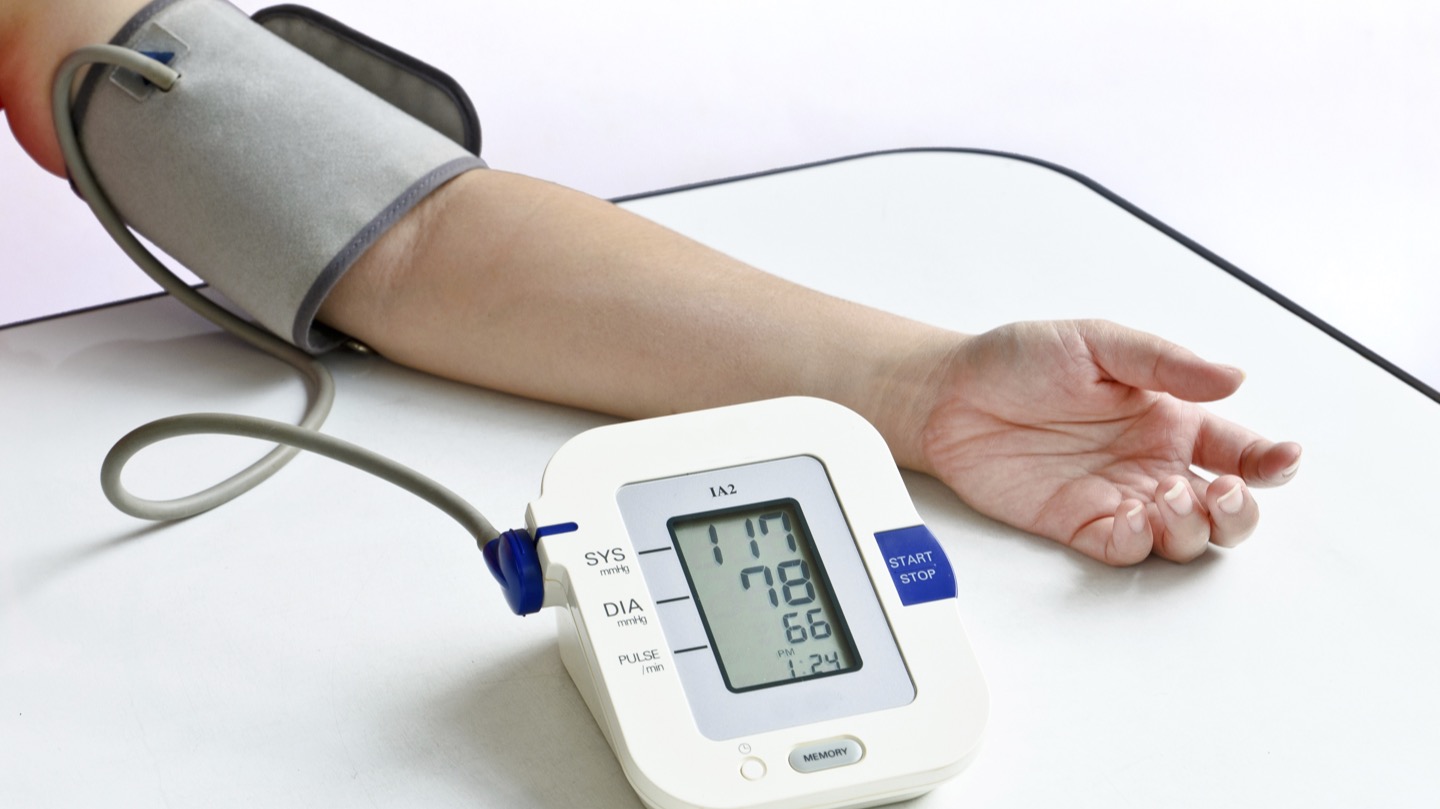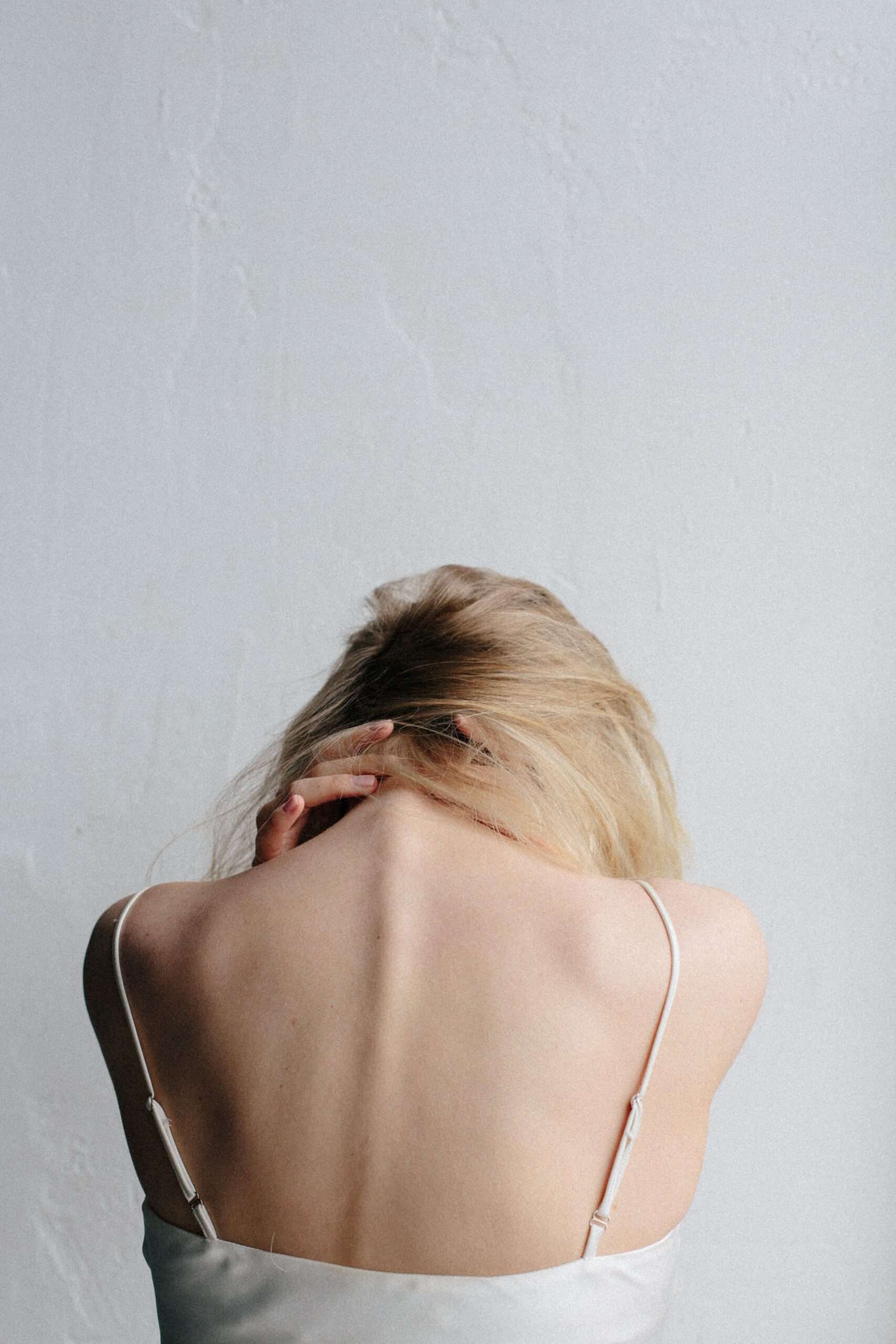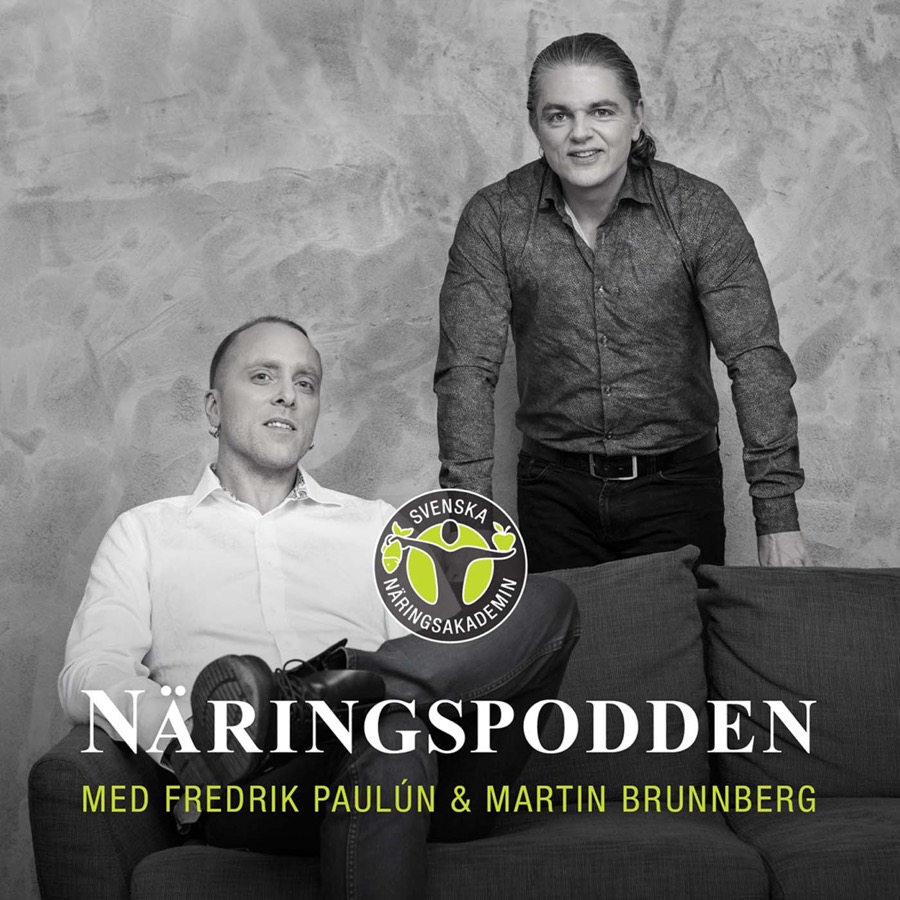Blood pressure is a critical aspect of health. To meet the body’s need for oxygenated blood in all its organs, blood pressure in the major arteries must be maintained at a steady level. Blood pressure regulation involves the interaction of the autonomic nervous system, hormones, and local self-regulation in the vessel walls.
There are, therefore, many factors that can affect blood pressure and ways to address it. Low blood pressure increases the risk of fainting and falls, while high blood pressure puts significant stress on the body. The latter is a much more common problem, with up to one million Swedes having high blood pressure without even knowing it. If you include those who have already been diagnosed, it’s roughly one-third of the adult population in Sweden who have high blood pressure. One problem with hypertension, as it’s also called, is that it usually goes unnoticed. Sometimes the affected person may experience headaches, dizziness, and nosebleeds, but generally, the condition is entirely asymptomatic. If blood pressure remains elevated for an extended period, it can damage blood vessels, particularly burdening the kidneys, which can lead to kidney disease. The risk of heart attacks, strokes, heart failure, and blood clots also increases with high blood pressure. Therefore, it’s crucial to keep it at the right level. In fact, both extremes increase mortality, and it’s actually blood pressure itself, not the possible underlying diseases, that determines this.
High blood pressure can, for example, be caused by being overweight, but it’s the blood pressure itself that increases mortality. If you can successfully lower it, even if your weight doesn’t decrease, you’ve significantly reduced the risk of becoming seriously ill or dying from it. That’s why you should take high blood pressure seriously and consider medication if lifestyle changes and biohacking don’t take you all the way. Exercising, reducing stress, sauna sessions, cold baths, meditation, experiencing desired physical contact, and laughing are all known methods for lowering blood pressure. A diet rich in fruits, vegetables, legumes, fish, olive oil, berries, nuts, and seeds has also been shown to lower blood pressure. It’s also important to maintain proper fluid balance. Regarding salt, some people are sensitive to it, so it’s worth reducing the intake of sodium chloride found in table salt, sea salt, and rock salt as much as possible. Increasing the intake of potassium, magnesium, and calcium can also help, and sometimes, dietary supplements may be necessary to ensure an adequate intake. Mineral salt is also available in grocery stores, and it replaces some of the sodium chloride with potassium chloride and magnesium chloride, reducing sodium intake while increasing the amounts of potassium and magnesium in the diet.
Normal Blood Pressure
Measuring blood pressure is straightforward since there are effective and accurate blood pressure monitors for home use. Everyone should have one at home and perform measurements from time to time to quickly detect rising blood pressure. Also, request a blood pressure measurement whenever you visit a doctor or nurse. They are more than willing to do it since awareness of the importance of early detection of high blood pressure is widespread in healthcare. Often, you can add blood pressure measurements when ordering blood tests online. Seize the opportunity whenever you can, and as mentioned earlier, it’s wise to invest in a blood pressure monitor for private use. The whole family can use it, and why not allow relatives, friends, and acquaintances to measure their blood pressure when they visit? Bringing a blood pressure monitor to work to allow everyone to measure themselves is also often a greatly appreciated gesture of goodwill and care. Blood pressure is the pressure of the circulating blood against the walls of the arteries and is divided into systolic and diastolic blood pressure. Systolic blood pressure is the highest pressure that occurs in the central vessels when the heart contracts and pumps blood out of the left ventricle. When the heart is at rest and filling with blood between each heartbeat, the pressure is lowest, referred to as diastolic blood pressure. You can choose whether to measure in a lying or sitting position, but the important thing is to do the same thing every time to get comparable results. A good thing about measuring blood pressure at home is that you avoid the “white coat effect,” where blood pressure is often slightly higher when encountering medical personnel wearing the classic white coat.
RLT (Red Light Therapy) and Blood Pressure
Blood pressure is largely regulated by the constriction (vasoconstriction) or dilation (vasodilation) of blood vessels. The latter is achieved with the help of nitric oxide (NO) as a signal, and the more nitric oxide, the more effectively blood pressure can be lowered. This is how researchers initially discovered the potency drug Viagra, while searching for a substance that could increase the amount of nitric oxide in the vessels and thus lower blood pressure. They succeeded, and as a side effect, the drug affected the blood vessels in and around the genital area. The result was the drug being launched as a treatment for male erectile dysfunction. Research has shown that RLT can also increase the availability of nitric oxide in the vessels (1), and it seems to be primarily near-infrared light (NIR) that does the job, although red light also seems to have significance. In a study, microcirculation increased by 27% during treatment and rose to as much as 54% during the 20-minute follow-up period (2). Concerning the effect of RLT on high blood pressure, there are plenty of animal studies showing powerful effects (3, 4). A very interesting study on patients with high blood pressure showed that even blue light could have a beneficial effect. This light has shorter wavelengths than red light, but it still seems to penetrate the body deeply enough to affect the vessel’s nitric oxide content (5). Perhaps the most effective approach for lowering blood pressure would be the entire spectrum from blue light to NIR? Sunlight provides this spectrum, so maybe that’s why the sun has such fantastic blood pressure-lowering properties? In summary, it is well established that RLT can lower blood pressure in individuals with hypertension and, at the same time, likely reduce the risk of a person developing it in the first place (6). It’s worth mentioning that not everyone with high blood pressure will experience any effect from RLT and will need to focus on the other tools available. According to an article, about 80% of patients with high blood pressure will experience a reduction with RLT, but around 20% will notice no difference (7).
- Shinya Yokomizo 1 2, Malte Roessing 3 4, Atsuyo Morita 4, Timo Kopp 3 4, Emiyu Ogawa 5, Wataru Katagiri 6, Susanne Feil 3, Paul L Huang 4, Dmitriy N Atochin 4, Satoshi Kashiwagi 1 FASEB J. Near-infrared II photobiomodulation augments nitric oxide bioavailability via phosphorylation of endothelial nitric oxide synthase. 2022 Sep;36(9):e22490. doi: 10.1096/fj.202101890R.
- Lilach Gavish 1 2, Oshrit Hoffer 3, Neta Rabin 4 5, Moshe Halak 6, Simon Shkilevich 7, Yuval Shayovitz 7, Gal Weizman 7, Ortal Haim 3, Benjamin Gavish 8, S David Gertz 1 2, Zehava Ovadia-Blechman 7 Microcirculatory Response to Photobiomodulation-Why Some Respond and Others Do Not: A Randomized Controlled Study. 2020 Nov;52(9):863-872. doi: 10.1002/lsm.23225. Epub 2020 Feb 17. Lasers Surg Med.
- T F De Moraes 1, J C C Filho 1, J C Oishi 1, L Almeida-Lopes 2, N A Parizotto 3, G J Rodrigues 4 Lasers Med Sci. Energy-dependent effect trial of photobiomodulation on blood pressure in hypertensive rats. 2020 Jul;35(5):1041-1046. doi: 10.1007/s10103-019-02883-5. Epub 2019 Oct 29.
- Lasers Med Sci. Tereza C Buzinari 1 2, Thiago F de Moraes 3, Evelin C Cárnio 4, Luciana A Lopes 5, Helio C Salgado 6, Gerson J Rodrigues 3. Photobiomodulation induces hypotensive effect in spontaneously hypertensive rats. 2020 Apr;35(3):567-572. doi: 10.1007/s10103-019-02849-7. Epub 2019 Aug 8.
- Manuel Stern 1, Melanie Broja 1, Roberto Sansone 1, Michael Gröne 1, Simon S Skene 2, Joerg Liebmann 3, Christoph V Suschek 4, Matthias Born 3 5, Malte Kelm 1, Christian Heiss 1 2 6. Blue light exposure decreases systolic blood pressure, arterial stiffness, and improves endothelial function in humans. Eur J Prev Cardiol. 2018 Nov;25(17):1875-1883. doi: 10.1177/2047487318800072. Epub 2018 Sep 10.
- Yevhen L Kovalenko 1, Lesya A Rudenko 2, Oksana K Melekhovets 1, Antonina D Chepeliuk 1, Iurii V Melekhovets 1. Efficiency of hyperuricemia correction by low level laser therapy in the treatment of arterial hypertension. Wiad Lek. 2018;71(7):1310-1315.
- Yoshiharu Umeda BLOOD PRESSURE CONTROLLED BY LOW REACTIVE LEVEL DIODE LASER THERAPY (LLLT). LASER THERAPY/Volume 2 (1990) Issue 2/Article overview
Author: Fredrik Paulún



